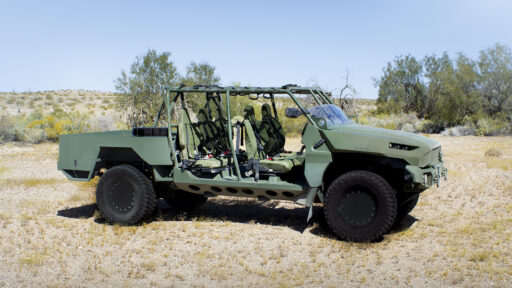Toyota Research Institute (TRI) and Stanford Engineering have unveiled a groundbreaking achievement in autonomous driving research: the successful tandem drifting of two cars. This accomplishment, the first of its kind, marks a significant step forward in enhancing vehicle safety through advanced AI and control systems.
For nearly seven years, TRI and Stanford have collaborated to advance driving safety. The latest milestone automates the complex motorsports maneuver of drifting, where the driver maintains control of the vehicle while the rear tires lose traction. This skill is particularly valuable for managing slides on snow or ice. By introducing a second car into the drift, the researchers have more accurately simulated real-world conditions where vehicles must quickly respond to other cars, pedestrians, and cyclists.
READ MORE: BMW Unveils Dynamic Accessories for the New M5
“Our goal was to make driving safer,” said Avinash Balachandran, vice president of TRI’s Human Interactive Driving division. “Utilizing the latest AI tools, we can now autonomously drift two cars in tandem, demonstrating precise dynamic control at the extremes. This achievement has significant implications for developing advanced safety systems in future vehicles.”
Chris Gerdes, professor of mechanical engineering and co-director of Stanford’s Center for Automotive Research, highlighted the practical applications of this research. “The physics of drifting are similar to conditions a car might encounter on snow or ice. Our autonomous drifting project has already contributed to new techniques for safely controlling automated vehicles in such conditions.”
In the tandem drifting scenario, a lead car and a chase car navigate a course within inches of each other, operating at the edge of control. The vehicles use AI, including a neural network tire model, to learn from experience and adapt to changing track conditions.
“Track conditions can change dramatically, especially as the sun sets,” said Gerdes. “Our AI learns from every track session to handle these variations.”
With over 40,000 fatalities annually in the US and approximately 1.35 million worldwide due to car crashes, many resulting from loss of vehicle control, this technology promises to help drivers react correctly in critical moments. “In a skid or slide, an average driver may struggle to regain control,” noted Balachandran. “This technology can intervene precisely to prevent collisions, just as an expert drifter would.”
Gerdes emphasized the broader implications of this achievement: “Achieving what has never been done before showcases the potential for making cars significantly safer.”
Technical Details
The experiments were conducted at Thunderhill Raceway Park in Willows, California, using two modified GR Supras. TRI developed the lead car’s control mechanisms, while Stanford engineered the chase car’s AI models and algorithms. GReddy and Toyota Racing Development (TRD) modified the vehicles to meet Formula Drift specifications, ensuring safety and performance.
Both cars are equipped with computers and sensors to control their steering, throttle, and brakes while sensing their motion. They communicate in real time over a dedicated WiFi network, sharing information about their positions and planned trajectories. The tandem drifting relies on Nonlinear Model Predictive Control (NMPC), a technique where each vehicle continually plans and adjusts its commands to meet its objectives and respond to changing conditions up to 50 times per second.
By leveraging AI, the vehicles improve with every test, constantly training the neural network to enhance performance.
About Toyota Research Institute
Toyota Research Institute (TRI) focuses on amplifying human ability through research aimed at making life safer and more sustainable. Led by Dr. Gill Pratt, TRI’s team advances technologies in energy, materials, AI, human interactive driving, and robotics. Established in 2016, TRI operates in Los Altos, California, and Cambridge, Massachusetts. For more information, visit TRI’s website.
Subscribe today for the freshest car news delivered to your inbox




